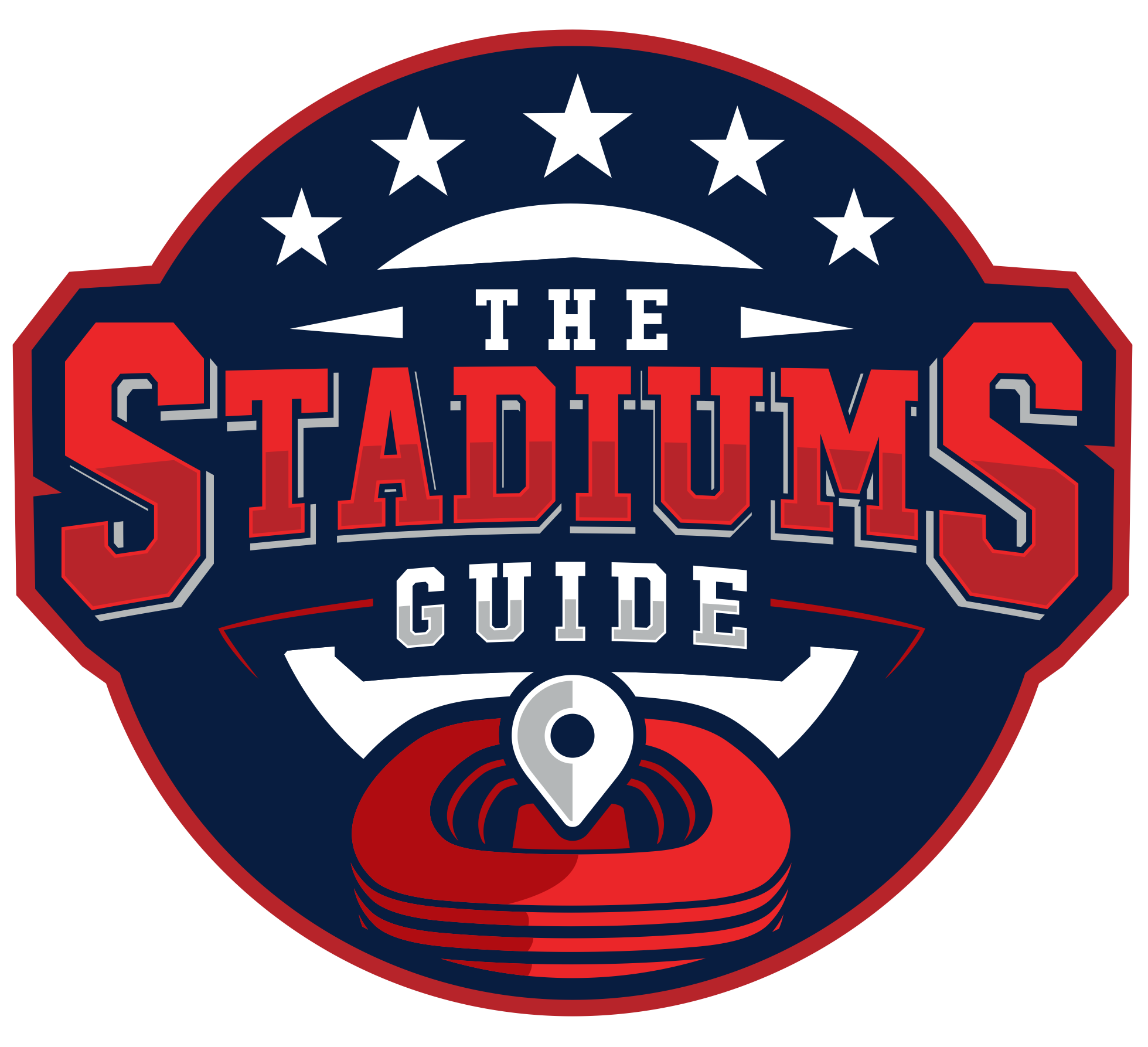Major League Baseball boasts a rich history, dating back nearly 150 years, and one of its most nostalgic features is its array of storied and venerable ballparks.
Many fans are captivated by the timelessness of these venues, where generations of baseball enthusiasts have witnessed the thrill of the game.
Several of the oldest MLB stadiums, still in operation today, hold onto the remnants of teams’ past successes and mesmerizing moments.
Fenway Park, the oldest active stadium in Major League Baseball, has been the home of the Boston Red Sox since its opening in 1912. Following not too far behind is Chicago’s Wrigley Field, which began welcoming fans in 1914 and remains the home of the Cubs.
These historic ballparks not only exude charm and character, but they also stand as a testament to the enduring spirit of America’s favorite pastime.
With each crack of the bat, these iconic stadiums continue to echo the legends and milestones of baseball history.
As the summer sun warms their classic brick facades and vibrant green fields, these cherished venues carry on the legacy and passion woven into a century of baseball memories.
They serve as living monuments to the game’s greats and the hallowed stories that have unfolded within their walls.
Overview of Oldest MLB Stadiums
Fenway Park
/cdn.vox-cdn.com/uploads/chorus_image/image/59278639/1240120427.6.jpg)
Fenway Park, opened in 1912, is the oldest active MLB stadium.
It has been home to the Boston Red Sox since its opening and is known for its iconic Green Monster in left field. Over the years,
Fenway has hosted numerous notable games and events.
The seating capacity is around 40,000 fans, making it one of the smallest stadiums in the MLB.
Despite renovations, Fenway Park has retained its historic charm and continues to captivate baseball enthusiasts.
Wrigley Field
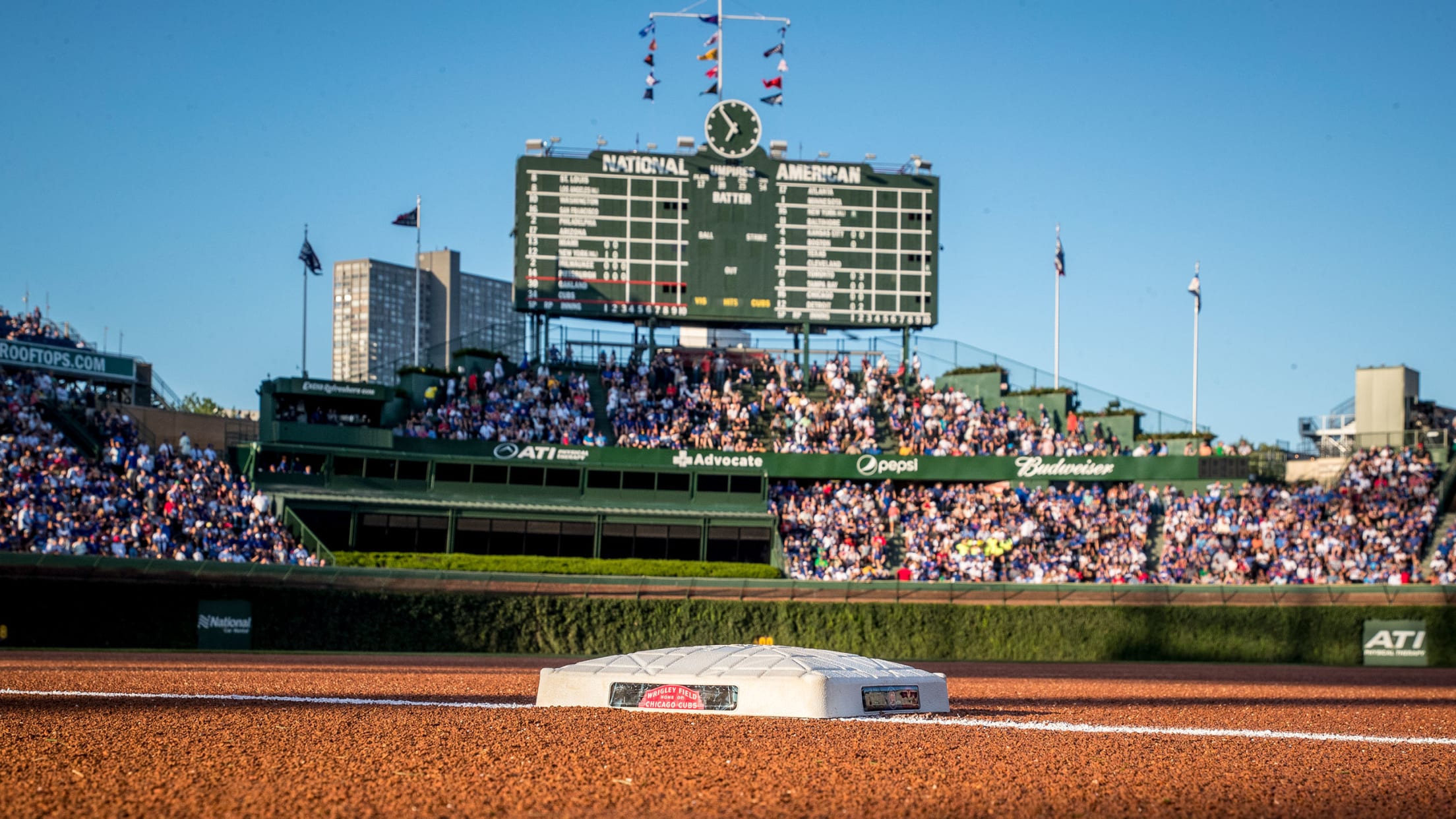
Another historic MLB stadium is Wrigley Field, which opened in 1914; home to the Chicago Cubs and is the second oldest stadium in the league.
Wrigley Field is known for its ivy-covered brick walls and nostalgic hand-turned scoreboard. The stadium can seat a little over 41,000 fans and is located in the heart of Chicago, providing a unique urban backdrop.
Dodger Stadium
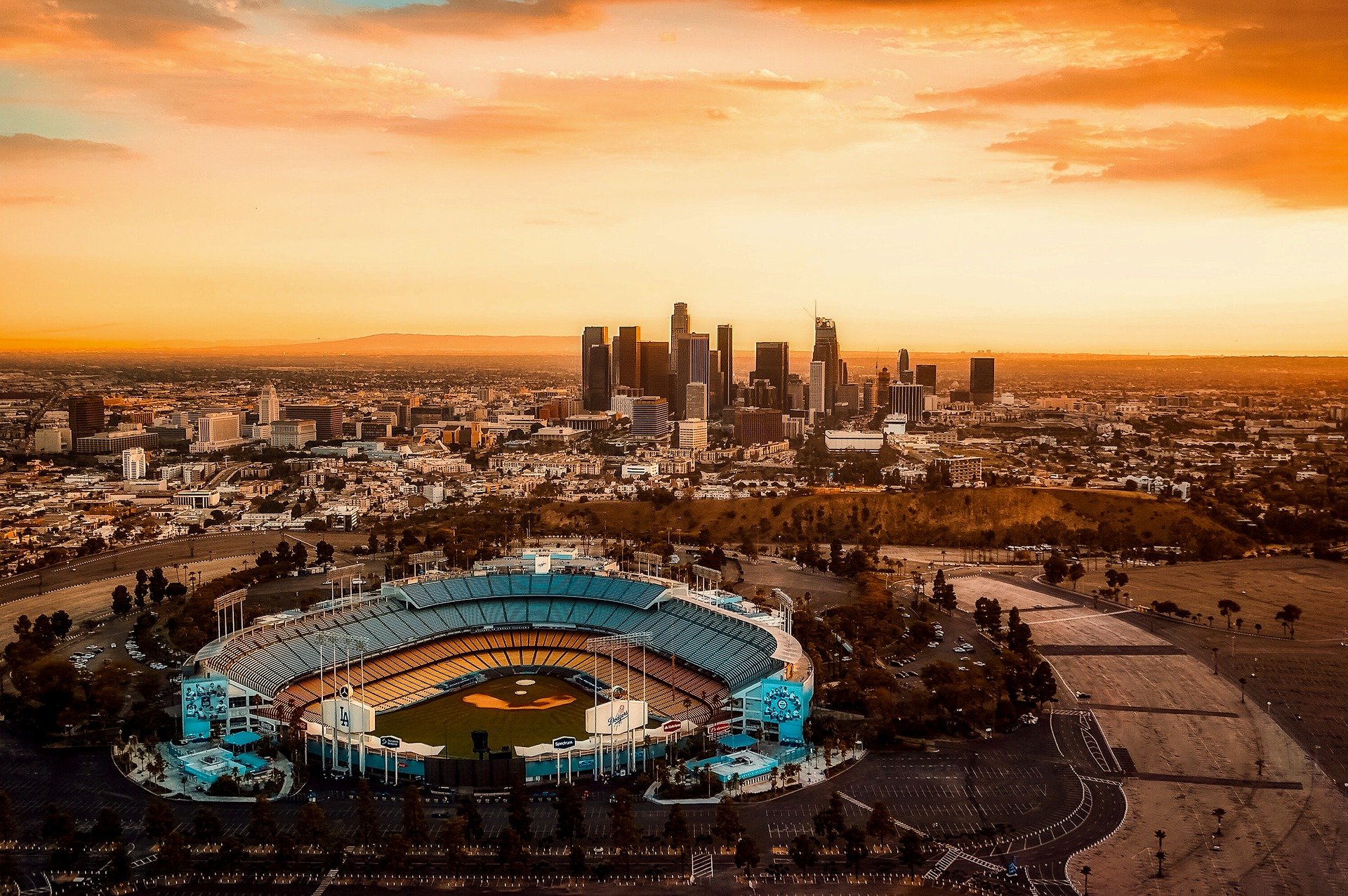
Dodger Stadium, which opened in 1962, is the third oldest MLB stadium and home to the Los Angeles Dodgers.
Nestled in the hills just north of downtown Los Angeles, this ballpark offers stunning views of the surrounding cityscape.
With its seating capacity of over 56,000, Dodger Stadium is one of the largest MLB stadiums in terms of seating.
The mid-century modern design and memorable moments, such as Kirk Gibson’s legendary home run in the 1988 World Series, have made Dodger Stadium a timeless favorite.
Historical Significance
Events Hosted
Some of the oldest MLB stadiums have been the site of various historically significant events. Among them, Fenway Park, which opened in 1912, has hosted many notable games and events, particularly as it has been home to the Boston Red Sox since its inception.
Dodger Stadium in Los Angeles, established in 1960, has also played a significant role in MLB history, with the Los Angeles Dodgers finding success within its confines. Additionally, Angel Stadium in Anaheim, while slightly younger, hosted the NFL’s Los Angeles Rams for a total of 14 seasons, showcasing its versatility and importance across multiple sports.
Architectural Features
When it comes to architectural features, each of these stadiums has put its unique touch on the MLB landscape. At Fenway Park, structures such as the famous Green Monster—a massive, 37-foot-tall green wall in left field—make the experience of attending a game truly memorable. Classic brick facades and narrow, winding concourses give the park a nostalgic atmosphere that transports visitors back to the early days of baseball.
In contrast, Dodger Stadium offers spectators a sleeker and more modern design that highlights the team’s LA roots. The stadium has embraced a clean, mid-century aesthetic that remains timeless while embracing improvements in facilities and amenities. The distinct architecture of these stadiums only adds to their storied placement in MLB history.
Stadium Renovations
Fenway Park Upgrades
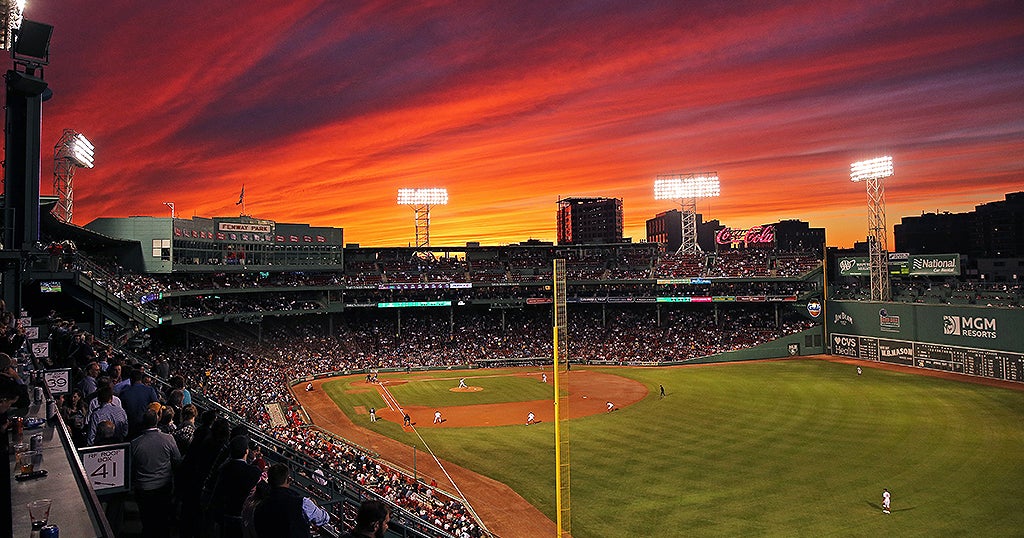
Fenway Park, home to the Boston Red Sox, is the oldest MLB stadium still in use and was constructed in 1912. Over the years, several renovations have been made to preserve its historical value and improve the fan experience. Some notable upgrades include:
- 2011: Installation of new, high-definition video boards for better game-time visuals.
- 2017: Adding more safety netting to protect fans from foul balls and flying bats.
- 2019: Creation of a new seating area called the “Sam Deck” and improvements to the right field grandstand seating.
These renovations have helped maintain Fenway Park’s status as a unique and iconic venue for baseball games.
Wrigley Field Improvements

Wrigley Field, home to the Chicago Cubs, opened in 1914 and stands as the second-oldest MLB stadium. It has also undergone several improvements over time, such as:
- 2015: Addition of two new video boards in left and right field, as well as infrastructure upgrades throughout the ballpark.
- 2016: Replacement of the original bleacher seats with new, more comfortable seating.
- 2019: Redevelopment of the surrounding area to create the “Gallagher Way” entertainment district.
These improvements aimed to modernize Wrigley Field while preserving its classic charm and atmosphere.
Dodger Stadium Enhancements
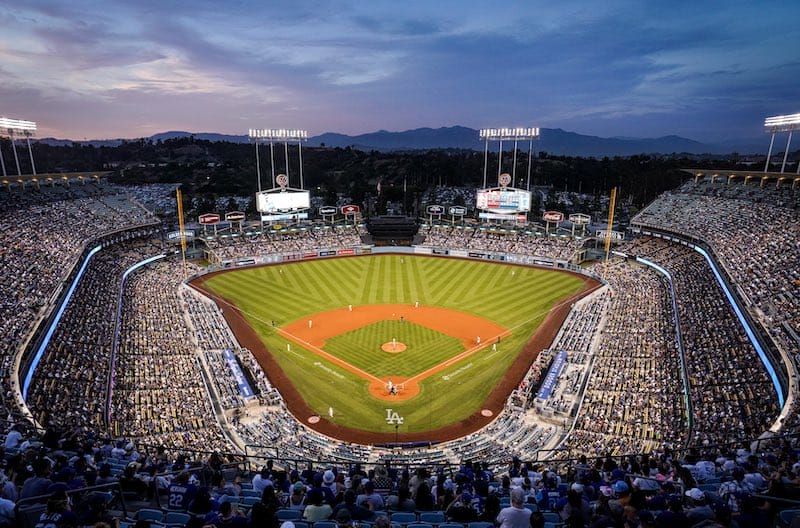
Dodger Stadium, built in 1962 and serving as home to the Los Angeles Dodgers, is the third-oldest MLB stadium still in use. The stadium has seen continuous upgrades to enhance the fan experience, such as:
- 2013: Installation of a new, high-definition video board and a state-of-the-art sound system.
- 2015: Addition of energy-efficient LED lights and renovations to the clubhouse and training facilities.
- 2020: Construction of a centerfield plaza, featuring a children’s play area, new food options, and landscaped walkways.
These enhancements have modernized Dodger Stadium while maintaining its historical charm as a premier MLB venue.
Legacy and Cultural Impact
Fenway Park
Fenway Park, home to the Boston Red Sox, opened on April 20, 1912, making it one of the oldest stadiums in Major League Baseball. The park is iconic for its distinctive “Green Monster” wall in left field, which has become a symbol of the park and Boston sports culture. Throughout the years, Fenway has hosted numerous memorable events, including multiple World Series championships, and it continues to draw visitors for both its baseball games and historic tours.
Wrigley Field
Wrigley Field, built in 1914, is the oldest ballpark in the National League and home to the Chicago Cubs. Located on the north side of Chicago, Wrigley Field is known for its ivy-covered outfield walls, distinctive red marquee, and manual scoreboard. The stadium maintains a timeless charm with its traditional architectural elements and the surrounding neighborhood’s vibrant atmosphere. Wrigley Field has become a significant part of Chicago’s identity and remains a beloved destination for baseball fans worldwide.
Dodger Stadium
Though not as old as Fenway Park or Wrigley Field, Dodger Stadium, built in 1962, holds its own legacy and cultural impact as the third-oldest MLB stadium. As the home of the Los Angeles Dodgers, this iconic stadium has been the site of major historical moments, such as Kirk Gibson’s unforgettable home run during the 1988 World Series. Known for its picturesque views and palm trees, Dodger Stadium has played a significant role in shaping the identity of L.A.’s sports culture and has become an essential part of the city’s history.
James is a big time NBA Golden State follower, who makes sure to catch games when he's in the area. He likes to follow International Soccer, with an interest in small town soccer club, Blackburn Rovers located in the North on the UK.
